Japan: Culinary Precision and Unexpected Tastes

Japan’s food scene is a world of contrasts, where artistic presentation and bold flavors collide. Sushi, ramen, and tempura often top travelers’ must-try lists, yet dishes like natto—fermented soybeans with a pungent aroma and slimy feel—leave many visitors stunned. According to the Japan National Tourism Organization’s 2024 survey, 78% of international travelers were amazed by the sheer variety and freshness of Japanese food, while 22% admitted some local specialties were a challenge to enjoy. Japanese chefs prize seasonal ingredients, meaning menus can change dramatically with the weather. Even convenience stores offer surprisingly delicious meals, like onigiri rice balls or fresh bento boxes. Presentation is almost as important as flavor, turning every meal into a visual treat. But for those unfamiliar with raw seafood or unusual textures, there’s a learning curve—one that’s both thrilling and, sometimes, a little intimidating.
Mexico: A Carnival of Spices and Surprises
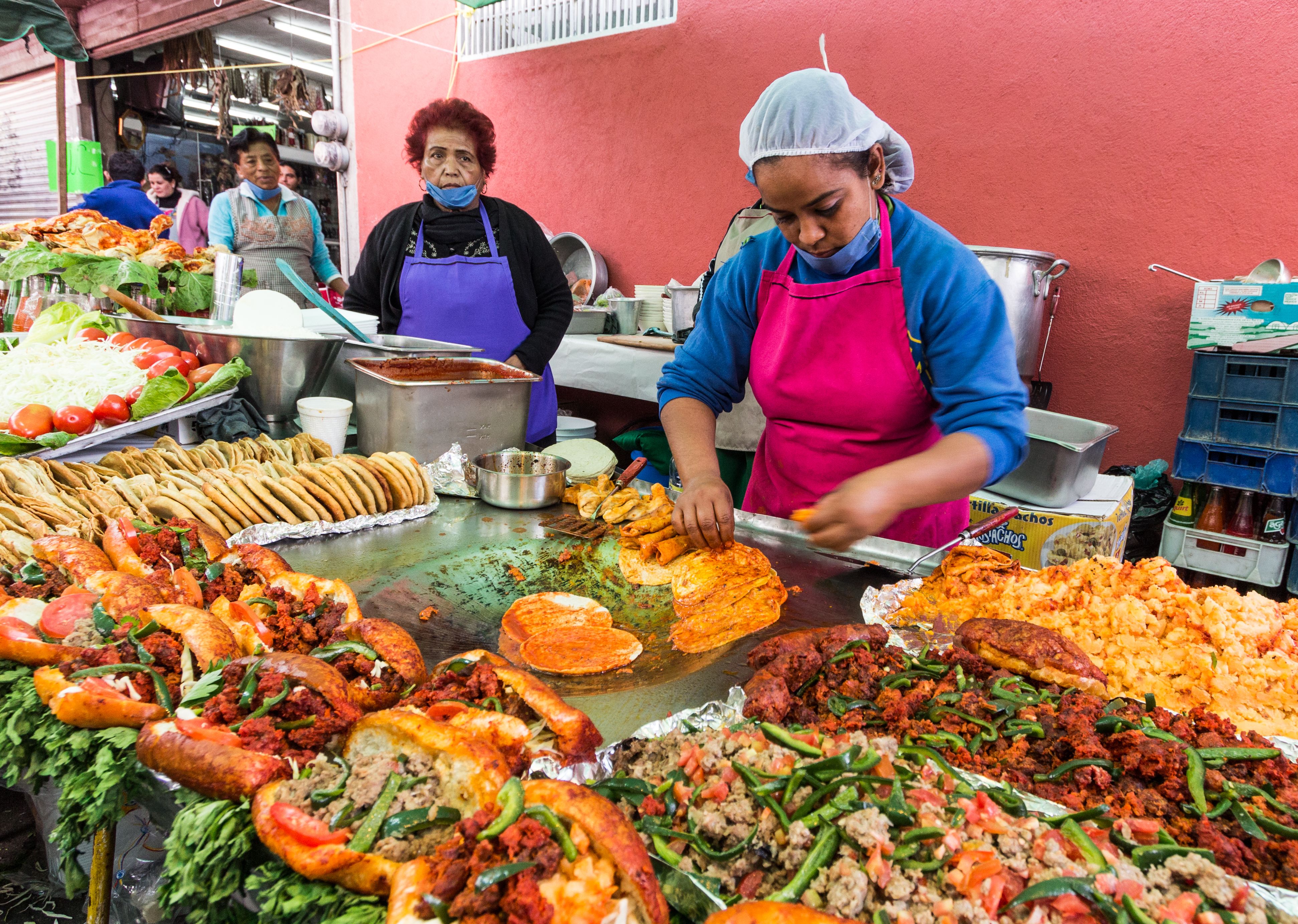
Mexico’s cuisine is a riot of colors, flavors, and aromas that often overwhelms first-timers. Tacos, enchiladas, and the legendary mole sauce delight many, but the heat from chilies can catch unprepared travelers off guard. The Mexican Ministry of Tourism’s 2023 report showed a whopping 15% increase in food-related tourism, reflecting a worldwide craving for authentic Mexican flavors. Street food stalls offer everything from sweet tamales to spicy elote corn, but the variety of salsas—ranging from smoky to fiery—can be both a delight and a dare. Many visitors rave about the freshness of ingredients like cilantro, lime, and avocado, but others find the spice level daunting. Local markets brim with unexpected treats, such as grasshoppers (chapulines) or tangy tamarind candies. It’s a cuisine that demands bravery and an open mind, rewarding the adventurous with unforgettable tastes.
India: The Spice Symphony
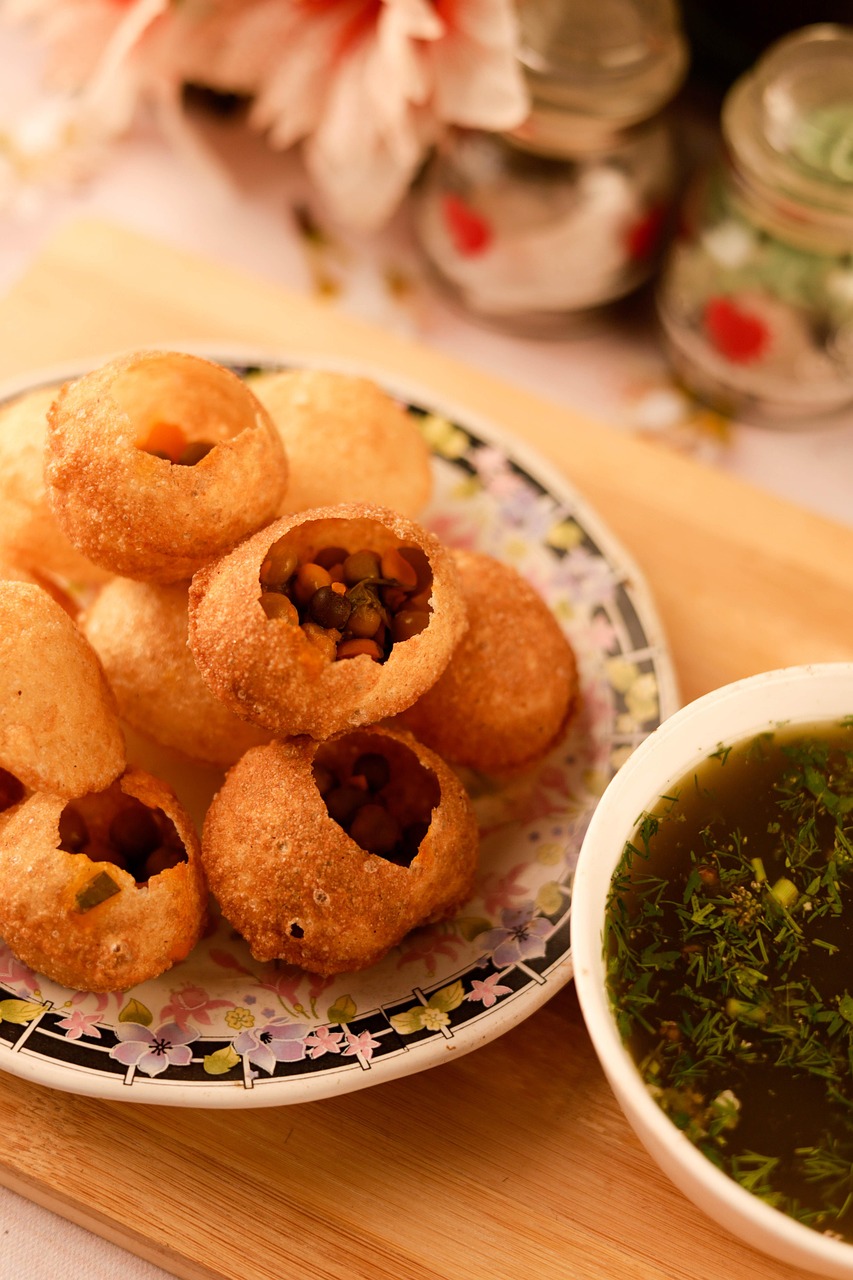
India’s food is a sensory explosion, with layers of spice, color, and texture in every bite. Classics like butter chicken and dosas are crowd-pleasers, but the real surprises often come from street vendors selling pani puri or spicy chaat. The Indian Culinary Institute’s 2025 study found that 65% of foreign tourists were wowed by India’s regional diversity, while 35% said the spiciness sometimes overwhelmed them. Each region boasts its own specialties—think fiery vindaloo in Goa or creamy dal makhani in the north. Spices like cumin, cardamom, and turmeric are used with abandon, creating flavors many have never experienced before. Food is deeply tied to culture, often served communally and eaten with the hands. For some, the fiery heat is a thrill; for others, it’s a shock to the system. But one thing’s certain: Indian cuisine rarely leaves anyone indifferent.
Thailand: Sweet, Sour, Spicy—All at Once
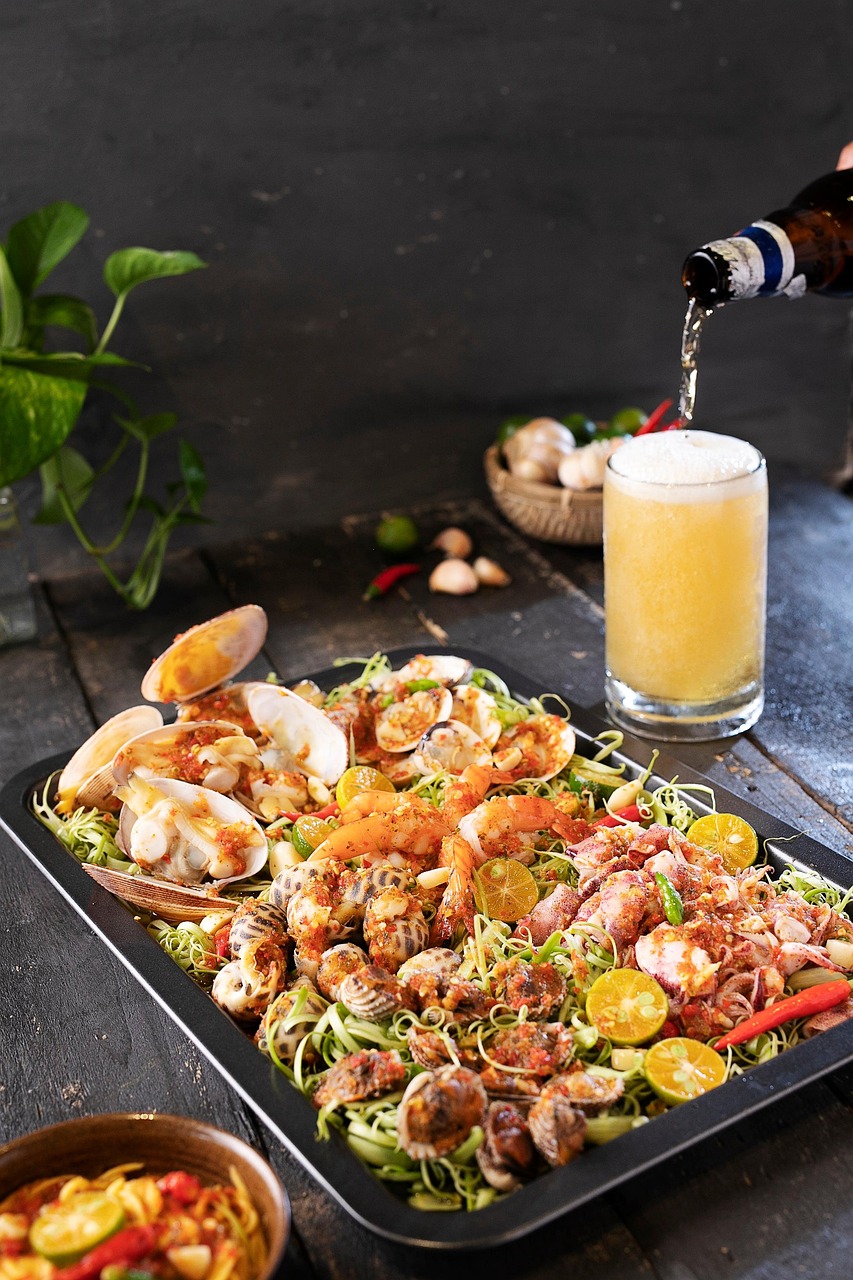
Thai food is a delicate dance of flavors—sweet, sour, salty, and spicy all mingling in one dish. Favorites like pad Thai and green curry are familiar to many, but ingredients such as fish sauce or pungent shrimp paste can surprise even seasoned foodies. The Tourism Authority of Thailand’s 2024 survey noted that 70% of visitors loved the bold flavors, while 30% found some tastes challenging. Street food is everywhere, with vendors dishing out papaya salad, satay skewers, and coconut-based desserts. The use of fresh herbs like basil and cilantro brightens everything, while chilies provide a fiery kick. Some travelers are startled by the intensity of the spice, especially in dishes like tom yum soup. Yet, for most, the freshness and vibrancy of Thai food are irresistible. Even the way meals are shared—family-style with multiple dishes—adds to the sense of culinary adventure.
Italy: Regional Surprises Beyond Pizza and Pasta
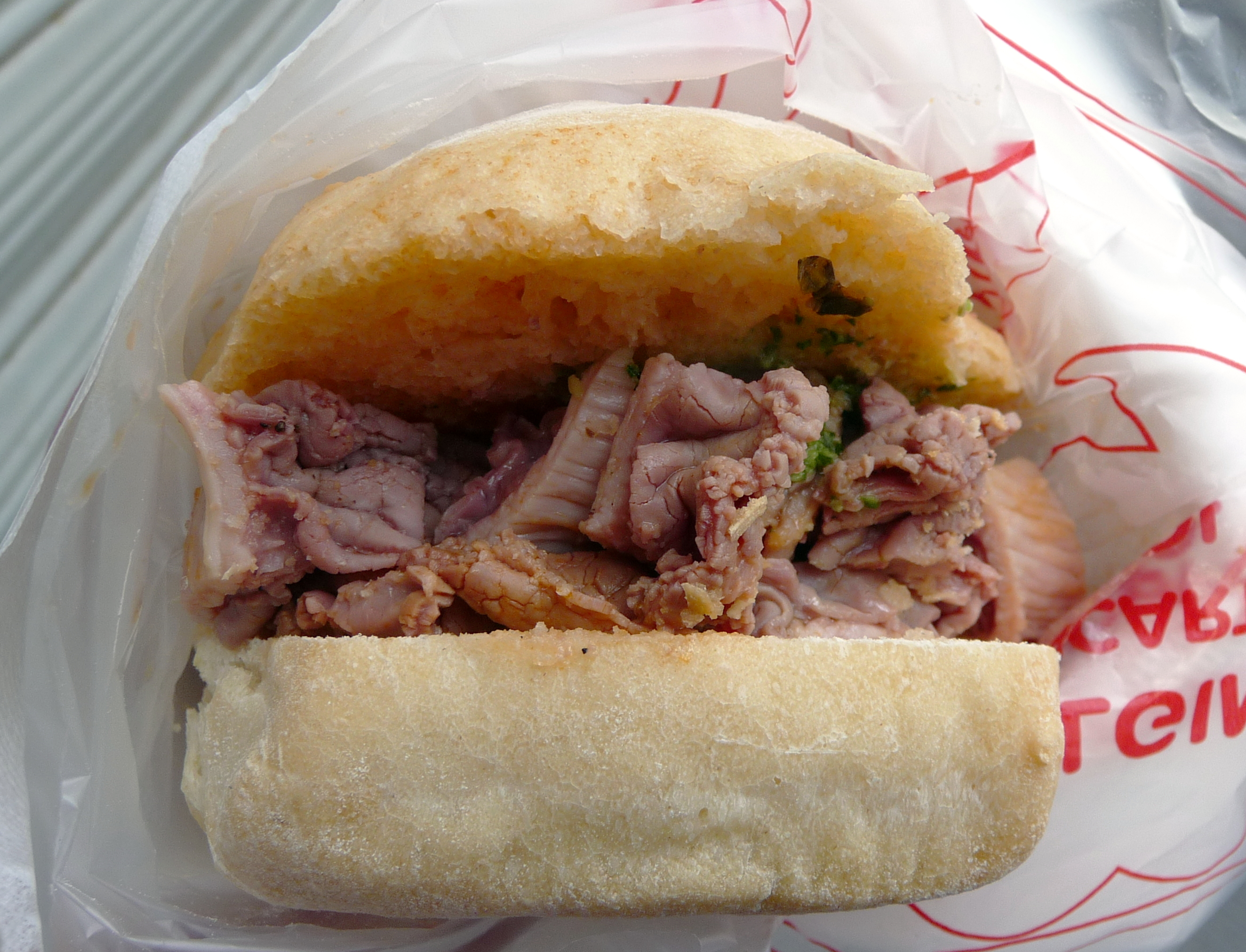
Italy’s reputation for pasta, pizza, and gelato is well-deserved, but the country’s regional cuisines can catch visitors off guard. For instance, in Florence, locals savor lampredotto—a sandwich made with cow’s stomach—which can be an unexpected encounter for many. The Italian National Institute of Statistics reported a 12% jump in food tourism in 2023, driven by curiosity about lesser-known dishes. Each region boasts unique flavors: creamy risotto in the north, spicy ’nduja sausage in the south, and fresh seafood along the coasts. Italians take pride in slow food and farm-to-table dining, which means ingredients are often hyper-local and seasonal. Cheese lovers might find themselves sampling pungent pecorino or soft stracchino. While most travelers adore the familiar classics, the real surprises lie in the rustic, sometimes unusual, regional fare. It’s a place where tradition meets creativity on every plate.
Ethiopia: Sharing and Savoring Together
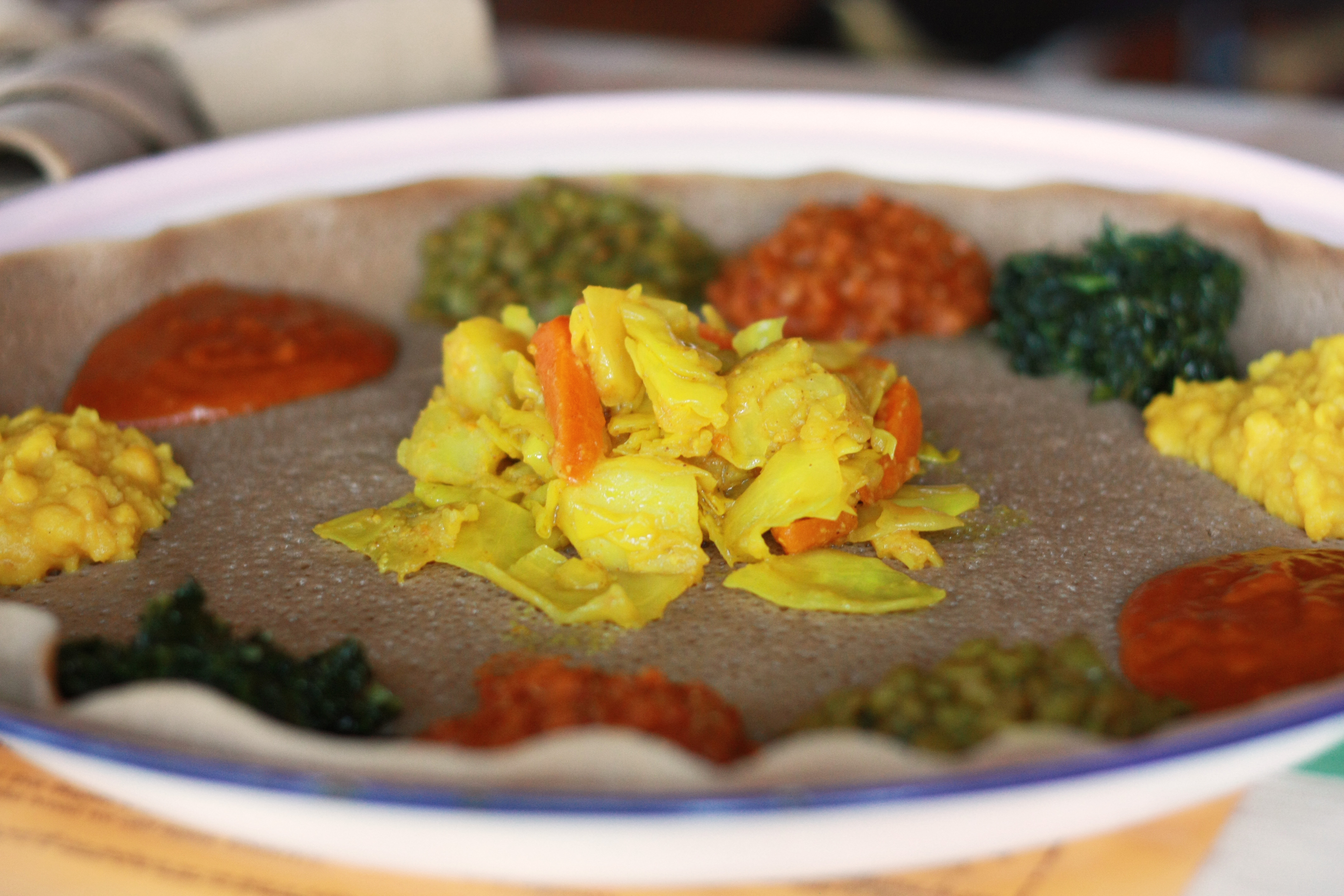
Ethiopian cuisine is a communal affair, with diners gathered around a large platter to share various stews and salads atop injera, a tangy sourdough flatbread. The Ethiopian Tourism Organization’s 2024 study revealed that 80% of tourists enjoyed the unique style of eating, though 20% found the customs a bit tricky to adapt to. Berbere spice—a complex blend of chili, garlic, and fenugreek—infuses dishes with deep, warming flavors. Vegetarian options are plentiful, especially during fasting periods when animal products are avoided. Eating with your hands is the norm, which can feel intimate and fun or awkward for the uninitiated. Coffee ceremonies are an integral part of the meal, offering a glimpse into Ethiopia’s rich traditions. While some may be surprised by the strong flavors or the sourness of injera, most find the experience memorable and deeply social.
Sweden: A Land of Unexpected Tastes
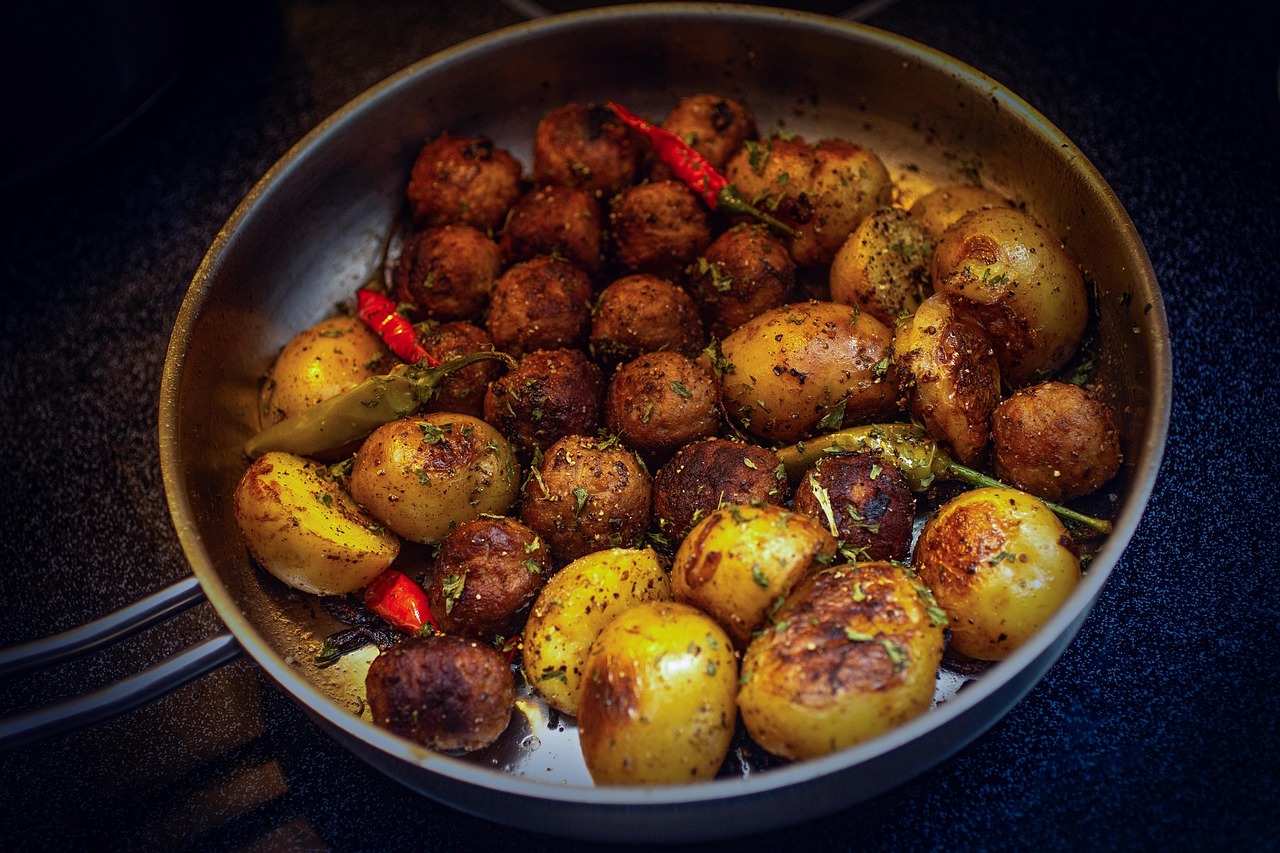
Swedish food can be both comforting and challenging, with simple classics like meatballs and mashed potatoes sitting alongside more adventurous options such as surströmming, the infamous fermented herring. Visit Sweden’s 2023 survey showed that 60% of international travelers found Swedish cuisine pleasantly surprising, while 40% were less enthusiastic about some flavors. Lingonberries, often served as a sweet-tart sauce, add a unique twist to savory dishes. Smörgåsbord buffets let visitors sample a range of specialties, from pickled herring to creamy salmon gravlax. Seasonality matters here, with fresh produce like wild mushrooms and cloudberries making appearances in the short summer months. Some travelers are startled by the boldness of flavors or the use of ingredients like reindeer or elk. Yet, the focus on local and sustainable produce is winning over food lovers worldwide.
South Korea: Fermentation and Fire
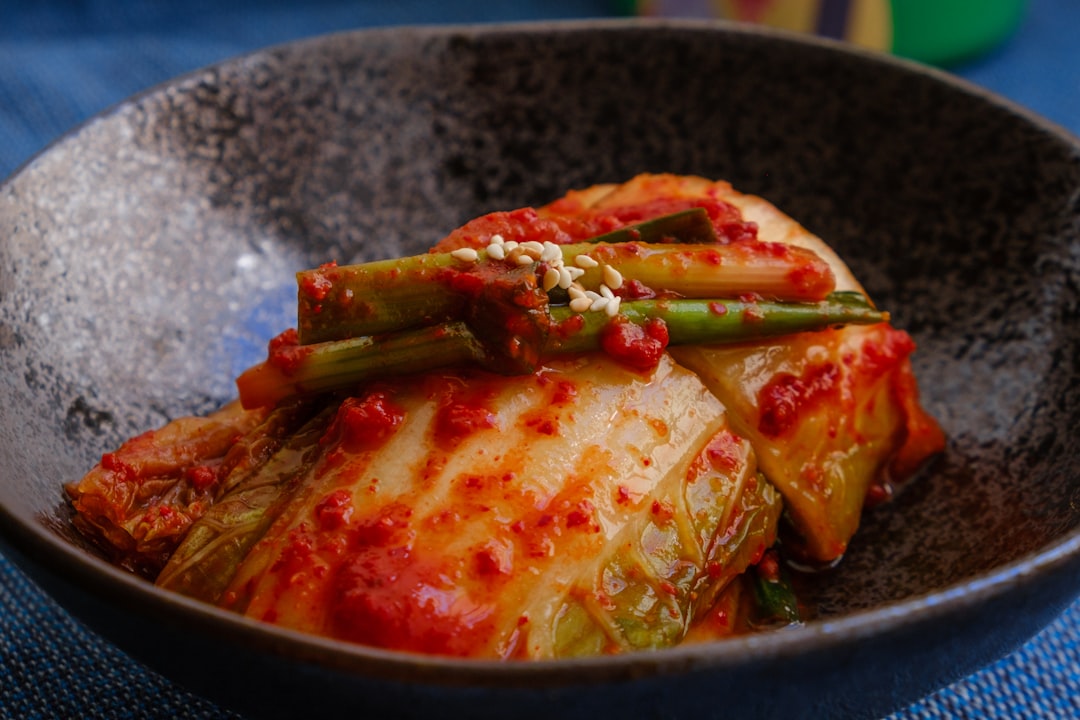
South Korea’s food is a playground of textures and flavors, with staples like kimchi, bibimbap, and Korean barbecue drawing in curious eaters from around the globe. The Korea Tourism Organization’s 2025 report found that 75% of tourists enjoyed Korean food’s diversity, while 25% struggled with the strong fermentation and heat. Side dishes, called banchan, accompany every meal and range from pickled radish to spicy squid. Fermented foods, namely kimchi, often surprise with their pungency and tang. Spicy gochujang chili paste appears in everything from soups to stews. Dining here is social, with grills built into tables and meals designed to be shared. For those unaccustomed to spicy or fermented flavors, the cuisine can be a shock—but for many, it’s an addictive revelation.
Morocco: Exotic Blends and Bold Contrasts
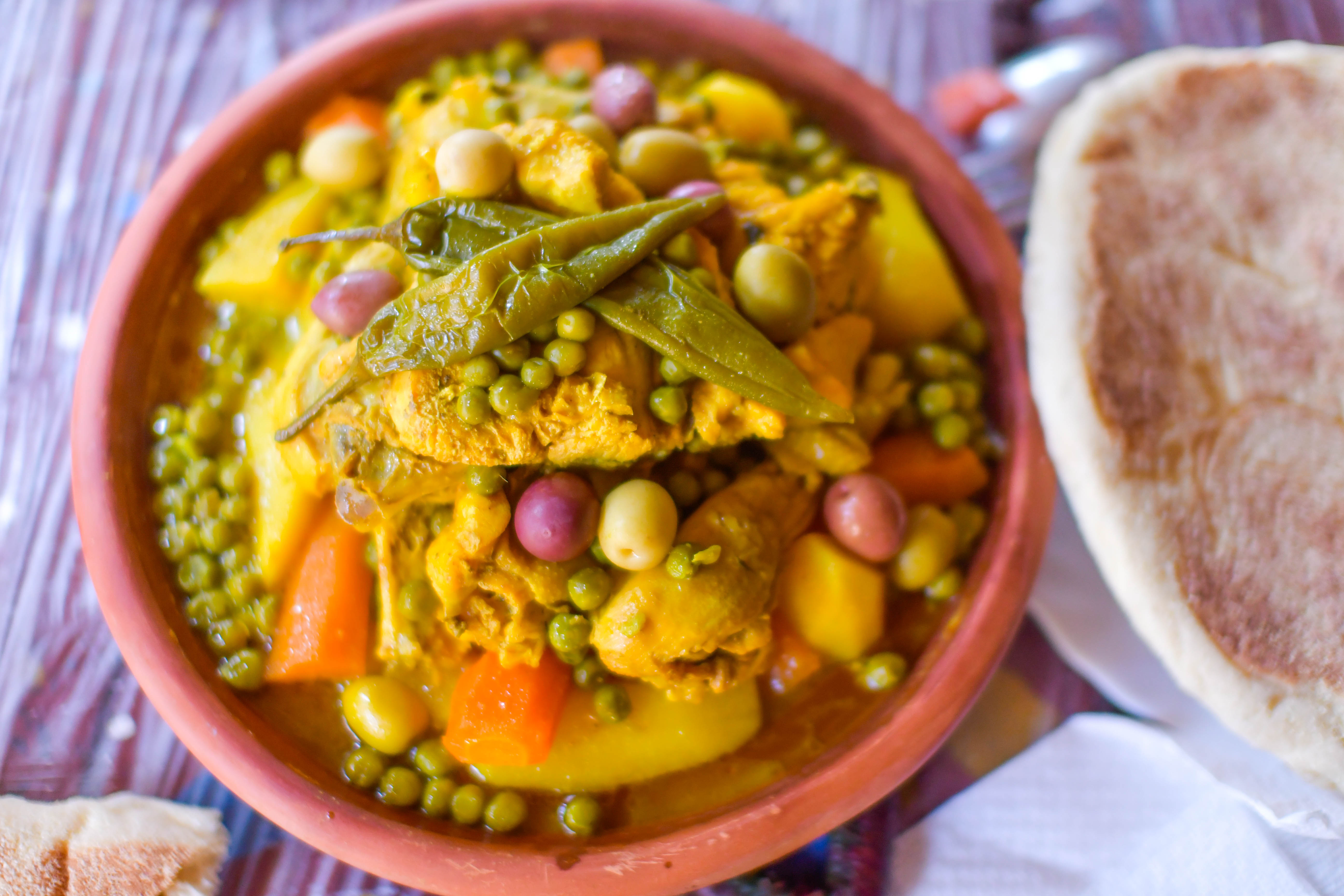
Moroccan food is a tapestry of flavors, weaving together Arab, Berber, and Mediterranean influences. Tagine—slow-cooked stew—features spices like cumin, cinnamon, and saffron, often combined with sweet fruits or preserved lemons. The Moroccan Ministry of Tourism’s 2024 study showed that 70% of visitors were pleasantly surprised by this complexity, though 30% found some tastes unfamiliar. Olives, almonds, and dried fruits are common, adding unexpected depth to savory dishes. Street vendors sell everything from spiced lamb skewers to syrupy pastries. Mint tea, poured from a height, is both a drink and a performance. Some travelers find the use of strong spices or unusual combinations, like meat with fruit, surprising or even polarizing. Yet, the warmth of Moroccan hospitality and the richness of its food culture leave a lasting impression.
Brazil: Diversity in Every Bite
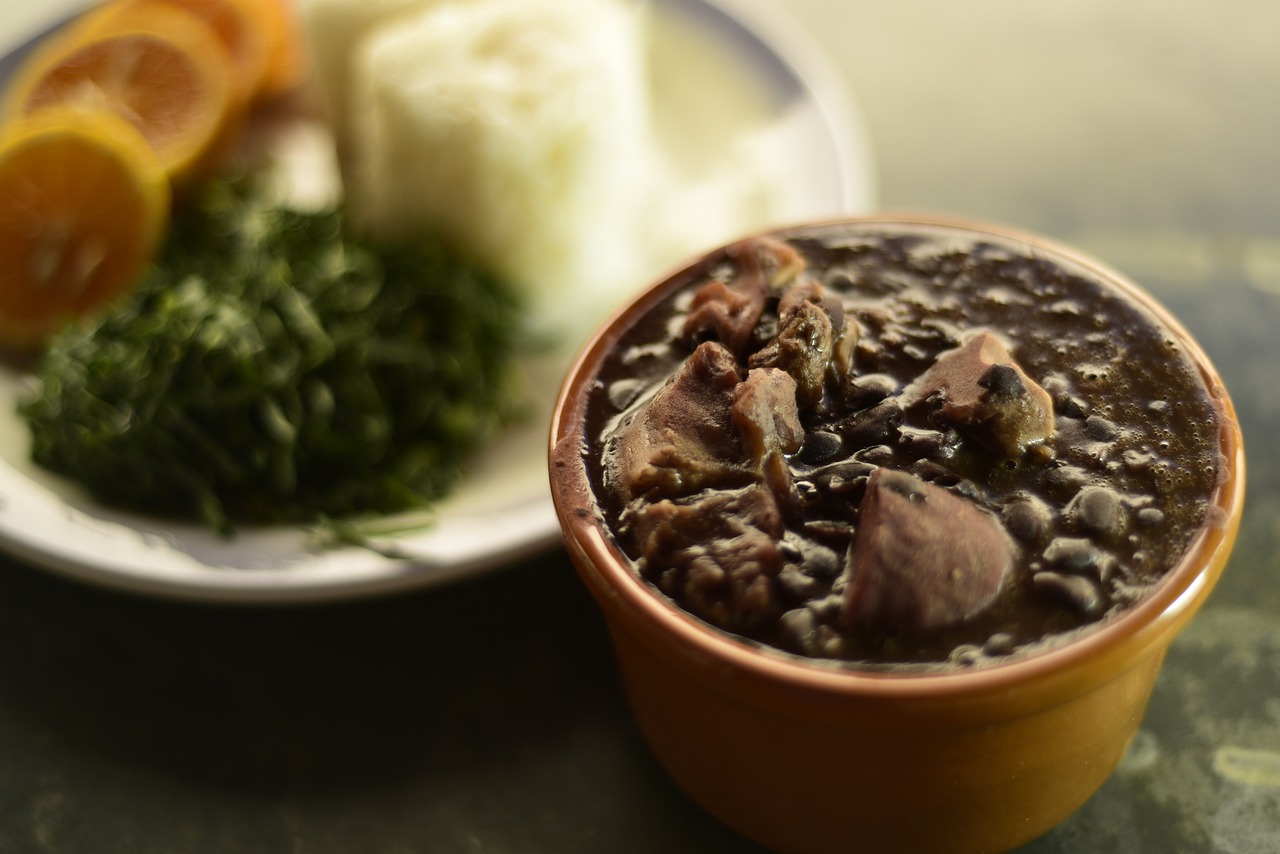
Brazil’s cuisine is a melting pot, drawing from Indigenous, African, and European traditions. Dishes like feijoada—a hearty black bean and pork stew—and acarajé—deep-fried bean patties stuffed with shrimp—showcase this diversity. The Brazilian Institute of Geography and Statistics reported a 10% increase in food tourism in 2023, with travelers eager to explore the country’s regional specialties. Each state offers something different: fresh seafood in Bahia, cheese bread in Minas Gerais, and barbecue in the south. Tropical fruits like açaí and cupuaçu appear in desserts and juices. Some visitors are surprised by the variety of flavors, from sweet and savory to tangy and spicy. The emphasis on fresh, local ingredients creates dishes that are both comforting and daring. Whether dining in a bustling city or a remote beach town, Brazil’s food is a feast for the senses.





